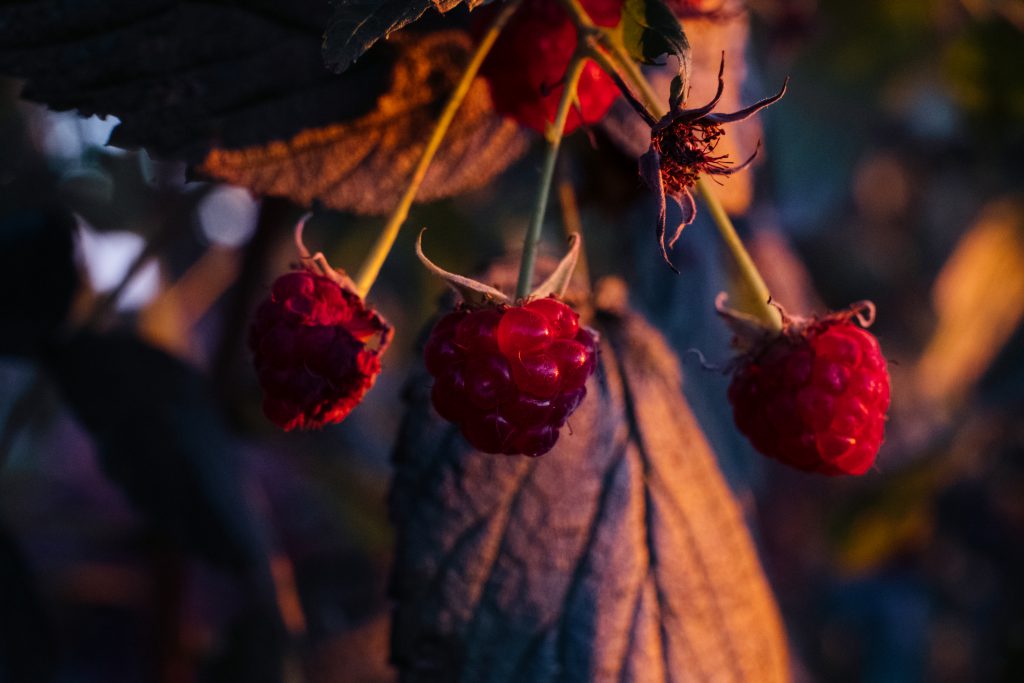Drip irrigation systems, for example, deliver water directly to the roots of the plants, reducing water wastage and ensuring that the plants receive the optimal amount of moisture they need to grow. Advancements in irrigation technology have also played a crucial role in improving watermelon cultivation in the UK. This not only conserves water but also helps to prevent watermelon plants from developing diseases caused by overwatering.
Overall, gutter garden strawberries offer a space-saving, high-yield, and visually appealing solution for urban gardeners looking to grow their own fresh produce. With the right container and growing conditions, strawberries can thrive in a vertical gardening system, providing a delicious and sustainable source of fruit for city dwellers. So, if you’re looking to add a touch of sweetness to your urban garden, consider planting strawberries in a gutter garden and enjoy the fruits of your labor.
Squash plants are a popular addition to home gardens due to their delicious fruits and relatively easy cultivation. In this article, we will explore the steps and considerations for growing squash in a pot. While traditionally grown in the ground, squash can also be successfully grown in pots or containers. This method of cultivation can be particularly useful for gardeners with limited space or poor soil quality.
 By growing their own produce at home, urban gardeners can reduce the need for store-bought fruits and vegetables that are often transported long distances, resulting in lower carbon emissions. Furthermore, growing strawberries in a gutter garden can be a sustainable option for those looking to reduce their carbon footprint.
By growing their own produce at home, urban gardeners can reduce the need for store-bought fruits and vegetables that are often transported long distances, resulting in lower carbon emissions. Furthermore, growing strawberries in a gutter garden can be a sustainable option for those looking to reduce their carbon footprint.
A single strawberry plant can produce a significant amount of fruit, especially when grown in optimal conditions. Gutter gardens provide the ideal growing environment for strawberries, with ample sunlight and good drainage, leading to bountiful harvests. Another benefit of growing strawberries in a gutter garden is that they are a high-yield crop.
In conclusion, growing squash in a pot is a viable option for home gardeners looking to maximize their space and cultivate delicious, homegrown produce. By following the steps outlined in this article and providing the necessary care and attention, you can successfully grow squash in a pot and enjoy a bountiful harvest.
They are also well-suited to vertical growing, as their roots are shallow and they do not require a great deal of space to spread out. If you loved this post and you would love to receive more information relating to how to grow brussel sprouts in florida kindly visit the site. Strawberries are an ideal crop for gutter gardens for several reasons. Firstly, they are relatively easy to grow and require minimal maintenance. This makes them perfect for growing in the confined space of a gutter garden.
These new varieties are also more resistant to common pests and diseases, reducing the need for chemical pesticides and making watermelon cultivation more environmentally sustainable. In addition, they have been bred to produce higher yields and better quality fruit, ensuring that farmers can maximize their profits from growing watermelons in the UK.
While traditional gutters can work well, there are also specially designed gutter garden systems that are specifically tailored for growing fruits and vegetables. One of the key factors to consider when growing strawberries in a gutter garden is the type of container to use. These systems often include features such as built-in watering systems and easy-to-install mounting hardware, making them a convenient option for urban gardeners.
Lupines have deep roots, so you’ll need a pot that is deep enough to accommodate them. Fill the pot with a well-draining potting mix that is rich in organic matter. Start by choosing a pot that is at least 12 inches in diameter and has drainage holes at the bottom. Lupines prefer slightly acidic soil, so you may want to add some peat moss or compost to your potting mix.
Overall, growing lupines in pots can be a rewarding experience. With the right care and attention, you can enjoy the beauty of these colorful flowers even if you don’t have a garden. So go ahead and give it a try – you may just discover a new favorite plant for your container garden!
Lupines are generally pest and disease-resistant, but keep an eye out for aphids, slugs, and powdery mildew, which can sometimes affect lupines. If you notice any signs of pests or disease, treat your plants promptly with an organic insecticide or fungicide.
Water the plants thoroughly after planting and keep the soil consistently moist but not waterlogged. Plant 2-3 squash seeds or seedlings in the mound, spacing them evenly apart. Planting and Care:
To plant squash in a pot, fill the container with the prepared soil mix and create a small mound in the center.
Lupines are drought-tolerant plants, so be careful not to overwater them. Lupines prefer full sun, so place your pots in a sunny spot where they will receive at least 6-8 hours of sunlight per day. Water your lupines regularly, keeping the soil evenly moist but not waterlogged.